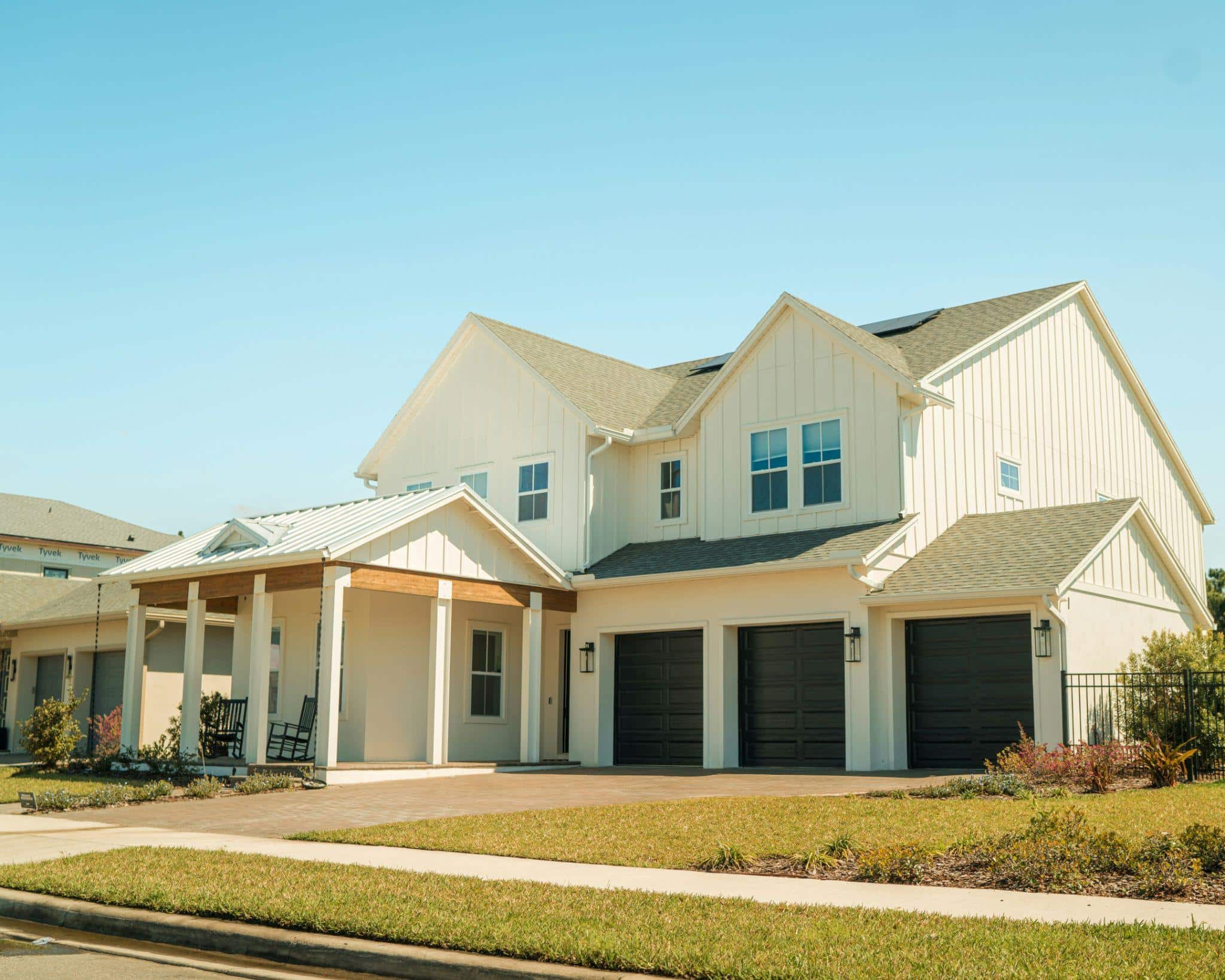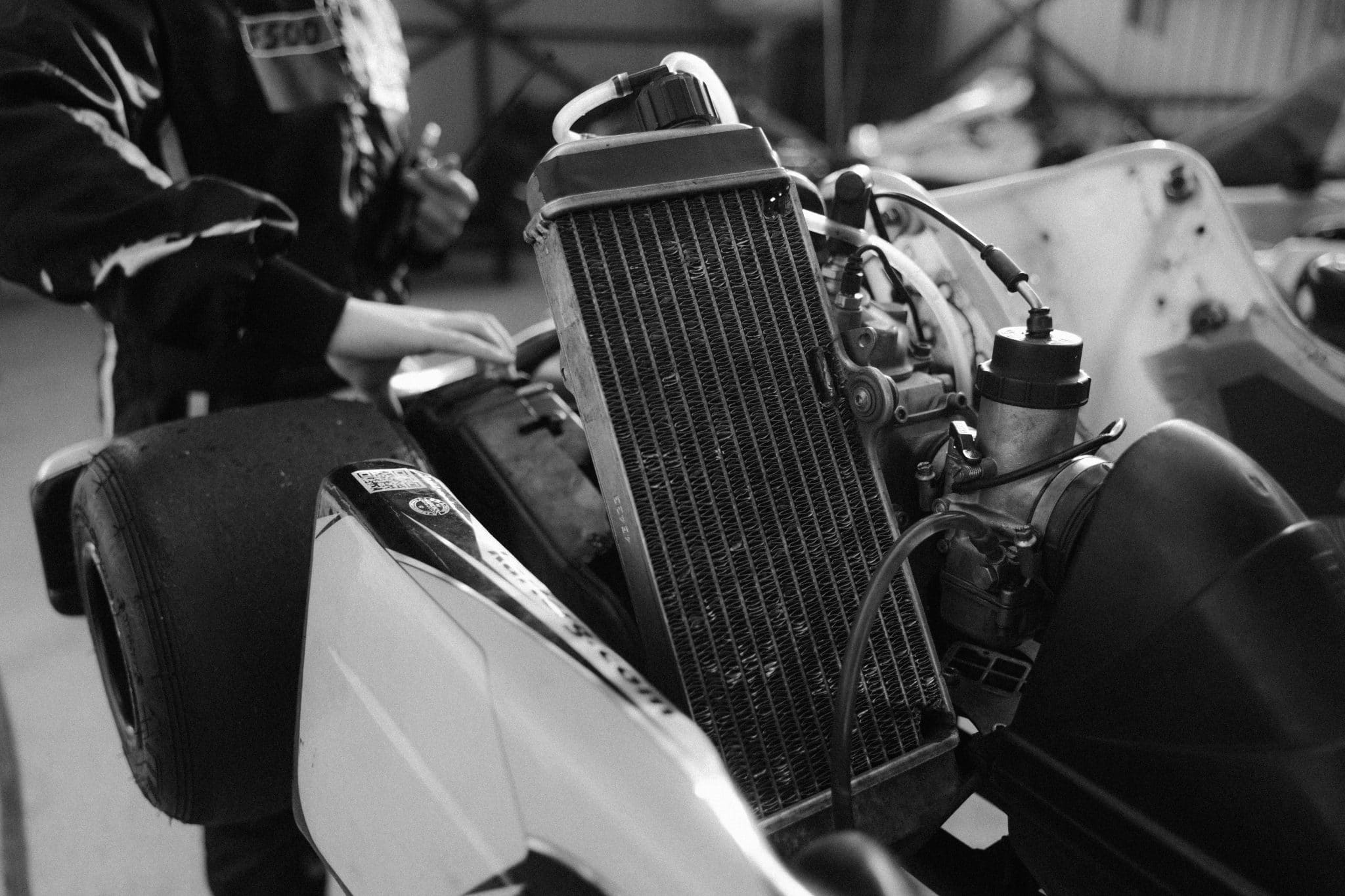Removing chimney breasts can be a significant home improvement project, often undertaken to free up space or modernize a property. However, it’s not a task to be taken lightly.
This guide will walk you through the essential considerations, steps, and potential pitfalls involved in removing chimney breasts from your home.
Understanding Chimney Breast
A chimney breast is the portion of a chimney that projects outwards from a wall to accommodate a fireplace.
While they can add character to a home, many homeowners choose to remove them to create more usable space or to achieve a more modern interior design.
Reasons for Removing Chimney Breasts
- Increased Space: Removing a chimney breast can free up valuable floor space in a room, making it more spacious and versatile.
- Modernisation: Chimney breasts can sometimes clash with modern interior designs, and their removal can help in achieving a sleeker, more streamlined look.
- Structural Integrity: In some cases, old chimney breasts may have deteriorated and become unsafe, necessitating their removal.
Preliminary Considerations
Before embarking on the removal of a chimney breast, several critical factors need to be considered:
- Structural Impact: Chimney breasts are integral parts of a building’s structure. Removing them without proper support can compromise the structural integrity of your home. It’s essential to consult a structural engineer.
- Building Regulations: Compliance with local building regulations is mandatory. This often involves submitting plans and obtaining approval from your local council or building authority.
- Party Wall Agreements: If you live in a semi-detached or terraced house, removing a chimney breast may affect shared walls. A party wall agreement with your neighbours may be required.
- Professional Assistant: Engaging professionals such as structural engineers, architects, and builders is crucial. They can provide the expertise needed to ensure the job is done safely and in compliance with regulations.
The Removal Process
The process of removing a chimney breast typically involves the following steps:
- Assessment and Planning: A structural engineer assesses the impact of removal and designs appropriate support structures. Detailed plans are drawn up and submitted for approval.
- Support Installation: Before any demolition, suitable supports (such as gallows brackets or steel beams) are installed to bear the load previously carried by the chimney breast.
- Waste: The chimney breast is carefully demolished, starting from the top down. It’s important to have measures in place to contain dust and debris to protect the rest of your home.
- Making Good: After removal, the space is made good. This involves repairing floors, ceilings, and walls where the chimney breast used to be. Plastering, painting, and other finishing touches are carried out to match the rest of the room.
Costs Involved
The cost of removing a chimney breast can vary widely based on several factors, including the size of the chimney breast, the complexity of the structural work required, and your location.
Potential Pitfalls
- Structural Issues: Improper removal can lead to some structural problems, including sagging floors or collapsing walls.
- Unexpected Costs: Unforeseen complications, such as hidden asbestos or extensive damage requiring additional repairs, can increase the overall cost.
- Regulatory Hurdles: Delays in obtaining necessary approvals can slow down the project.
Alternatives to Removal
If the primary goal is to gain space or update the interior design, consider alternatives to removing the chimney breast.
Recessing the chimney breast can create useful alcoves or niches for storage or display, maximising space without structural changes.
Decorative coverings, like plasterboard, can create a smooth, modern surface over the chimney breast, improving aesthetics without the complexity and cost of removal.
These solutions offer functional and stylish updates while avoiding the pitfalls of removing a chimney breast.
Ready to Transform Your Space?
Keep in mind that this is a major project that can greatly change your home’s layout and structure.
Planning thoroughly, seeking professional advice, and complying with building regulations are important to ensure a safe and successful outcome.
Whether your goal is to create more space, update your home, or address structural issues, understanding the complexities involved will help you make informed decisions and achieve your desired results.
For expert support and advice, including party wall surveying services, contact Stokemont. We’re here to help!








